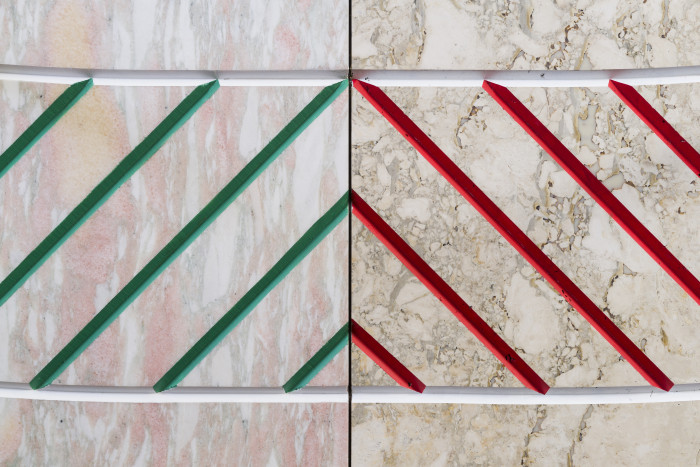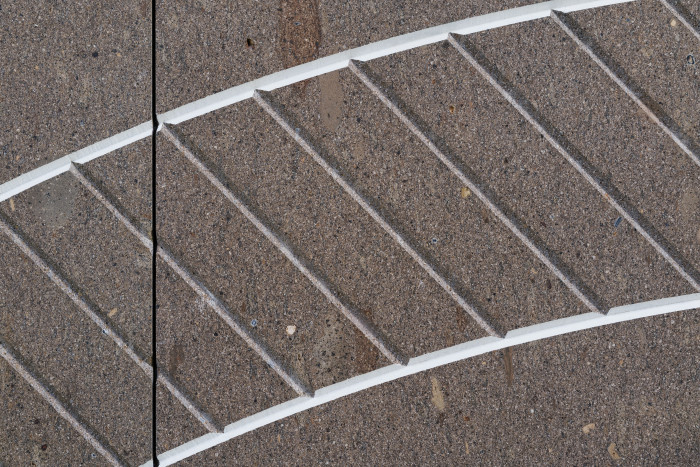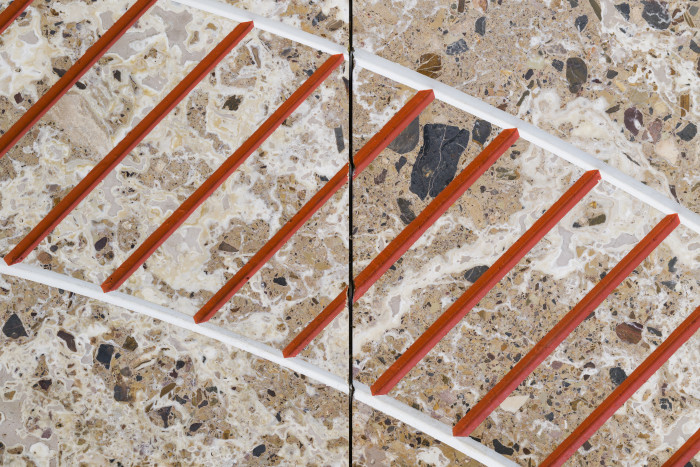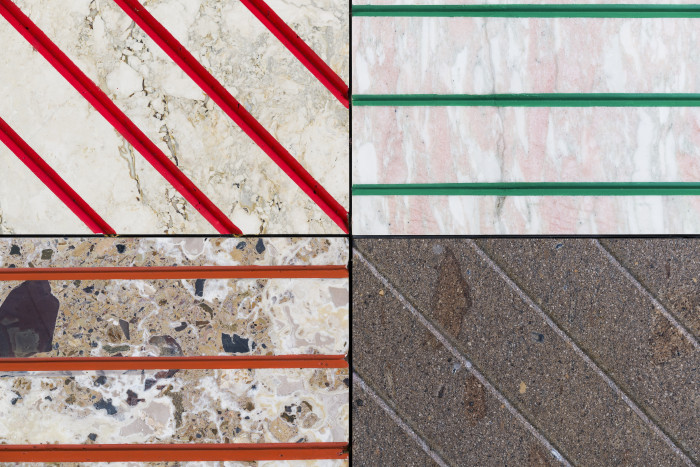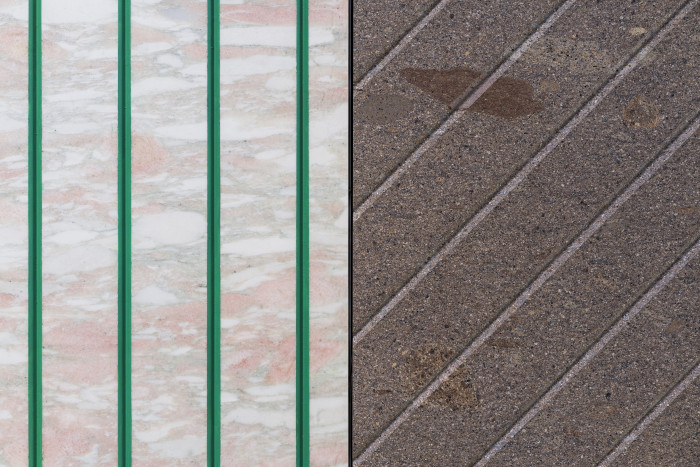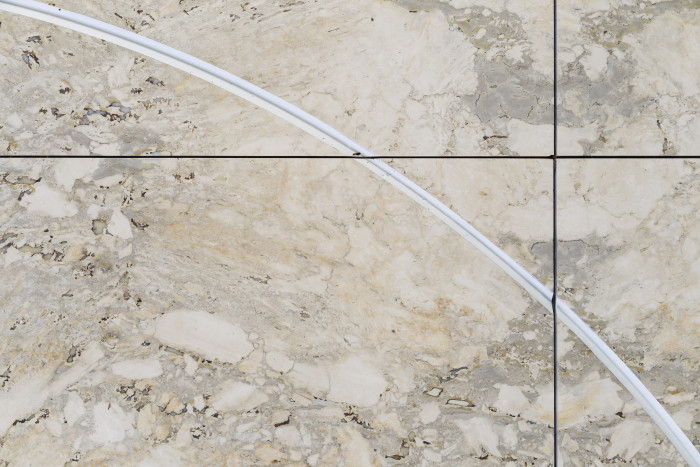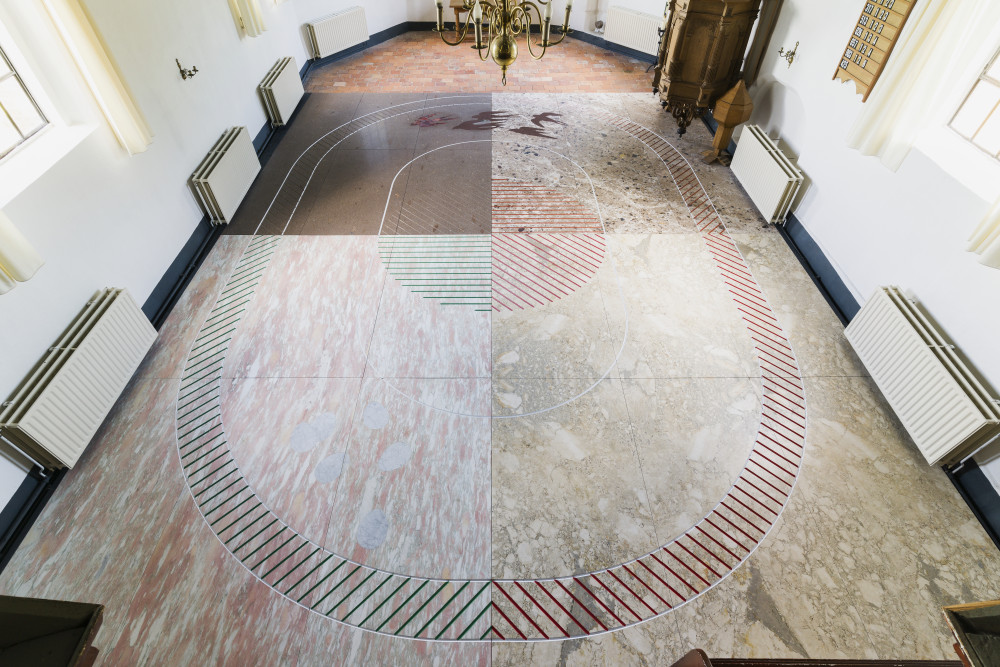Zugunruhe
Zugunruhe was created as part of the Paradys exhibition at Oranjewoud. At the invitation of curator Hans den Hartog, a number of international artists created a work inspired by the history of the site. Bosmans' monumental sculpture was originally designed for the church in Katlijk, on the edge of the forest.
‘Does the instinctive yearning for heaven exist? That's the question Kasper Bosmans asked himself as he entered Thomas Church in Katlijk, a 16th-century church that stands on a small mound in the middle of a field and exudes the security you'd expect from paradise. But what does heaven really look like? And is it possible to long for a place you've never been? [Darley, 2022].
To answer these questions, Bosmans draws a parallel with the behaviour of birds, drawing on Tim Birkhead's book The Wisdom of Birds (2008). On the subject of migration, the British ornithologist asks: do birds fly south instinctively or do they follow a learned route? The experiment conducted by A. Perdeck in 1958 on a group of starlings showed that migration is a question of heredity and experience. The Dutch scientist moved the birds 600 km to the south-east and released them there. While the younger birds relied solely on their internal compass and continued their journey as if nothing had happened, the older ones adjusted their trajectory to return to the place where they had wintered the previous year.
Birds are a recurring theme in the artist's work (including his sand paintings). ‘According to Bosmans, his fascination reflects the relationship between man and bird that has always existed throughout the centuries; a primal attraction that stems from the fact that birds can fly and man cannot. There's something magical about it,’ says Bosmans. Spirits fly and the Holy Spirit floats in the air in the form of a bird. And everyone dreams of being able to fly. It's a kind of desire, a jealousy. [Darley, 2022].
In Katlijk, Bosmans associates this desire to fly south with the idea of paradise. An unknown but instinctively coveted place that we are always trying to (re)find. In the ellipse engraved in the marble, Bosmans paints a group of birds flying south. The cyclical form of the ellipse symbolises the repetition of the seasons, which follow one another ad infinitum, and refers to the eternal quest for paradise.
This is also underlined by the choice of title. Zugunruhe, a term of German origin, is a contraction of ‘movement, migration’(Zug) and ‘worry, anxiety’(Unruhe). It is sometimes translated as ‘migratory agitation’, referring to the feeling of restlessness observed during the migratory season in migratory animals, particularly birds, even those living in captivity.
